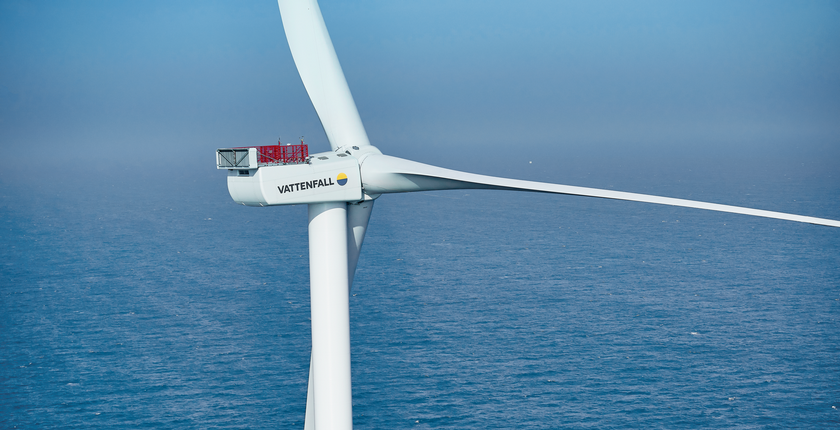
Photo: Vattenfall
Sweden’s government has rejected a project to build an offshore wind farm off the country’s western coast over environmental concerns and a possible adverse impact on national shipping interests. The Stora Middelgrund wind farm, proposed by energy company Vattenfall, would have produced between 2.5 TWh and 3 TWh a year, an equivalent of 1.5% of Sweden’s total electricity consumption.
The government has determined that the Stora Middelgrund offshore wind farm would risk damaging “sensitive natural values in an unacceptable way” and even pose a risk to “national interests in shipping,” according to Sweden’s Minister for Climate and the Environment Romina Pourmokhtari, news agencies reported.
Sweden has recently approved two other offshore wind farm projects
Pourmokhtari was also quoted as saying that the government was working hard to increase the production of fossil-free electricity and had recently given permission to two offshore wind farms off the west coast of Sweden.
The Stora Middelgrund wind farm was targeted for completion in 2030
The Stora Middelgrund wind farm would have consisted of up to 50 turbines, measuring 290 meters in height, according to a press release from Vattenfall. It was planned to be operational in 2030, with a total installed capacity of between 600 MW and 750 MW.
Vattenfall acquired the Stora Middelgrund project in the winter of 2019. The project was originally developed for 108 turbines with a capacity of 8 MW each, making the total capacity 864 MW. Thanks to technological advances, Vattenfall was able to propose to the government to change the existing permit in order to build fewer but higher and more efficient turbines.
Vattenfall made adjustments to minimize the wind farm’s environmental impact
The wind turbines were planned to be installed within protected Natura 2000 areas, but the position of the turbine foundations had been adjusted so as to minimize the impact on sensitive nature locations.
Vattenfall said it had supplemented the application with a Natura 2000 assessment “which shows that coexistence between wind power and the environment was possible in the area through a number of adaptations and commitments.”
Natura 2000 is a network of nature protection areas in the European Union, which includes both land and marine areas.


















Be the first one to comment on this article.